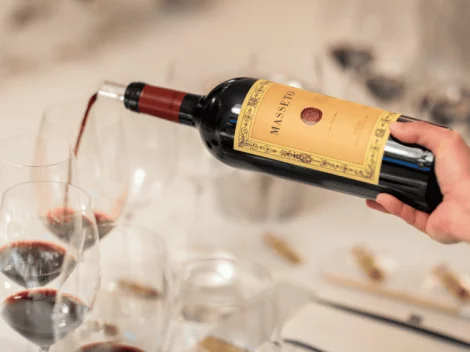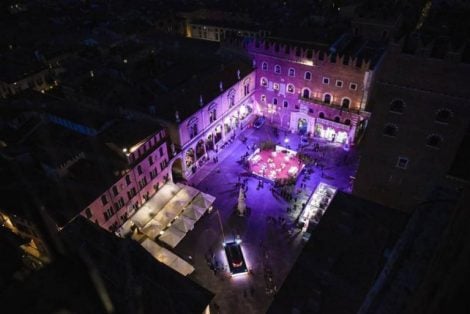Pulejo, his first restaurant (awarded by both Gambero Rosso and the Michelin guide), just turned two, Davide Puleio is getting ready to replicate it with a completely different venue. It's called Isotta trattoria di quartiere (neighborhood trattoria) and follows the desire to embark on a nostalgic entrepreneurial adventure. The name, in fact, is that of his partner's grandmother, Matteo D'Anzi – known in the industry for his furniture and furnishing company for hotels and restaurants – and it's located in the northwest quadrant of Rome, in Torrevecchia, where the D'Anzi family lived for years, gathering around the table in the same place that hosts this new project.
"It's on a quiet street, a corner of Paradise that exudes serenity," says Puleio, describing the area that stretches towards Monte Mario, where the life of a popular and populated neighborhood unfolds peacefully, "a nice neighborhood full of young people, close as it is to the Policlinico Gemelli and university students, which is growing like Centocelle did a few years ago," adds the chef, in his new role as an entrepreneur.
Isotta trattoria di quartiere
It starts with 4 people in the kitchen and 2 in the dining room - "then we hope for a prosperous future" - plus D'Anzi's wife and Mrs. Puleio, Davide's mother, helping out as they did in the family-run places of the past; and Isotta neighborhood trattoria draws inspiration from them without wanting to mimic them with forcedly vintage tones, but embracing their spirit without overdoing it, even in the furnishings. "There's a nod to the trattoria but with a modern design," explains D'Anzi, "something that revives its spirit according to today's design criteria, a bit Nordic; to understand each other: there are no old Milan chairs, like all trattorias of yesterday and today." Bordeaux tiles on the floor, industrial walls, purple touches reminiscent of the typical Roman red, and then an open kitchen and grill; 38 covers that double in the large courtyard accessed through an iron gate and a verdant arch of ivy: plants will be a common thread between indoors and outdoors.
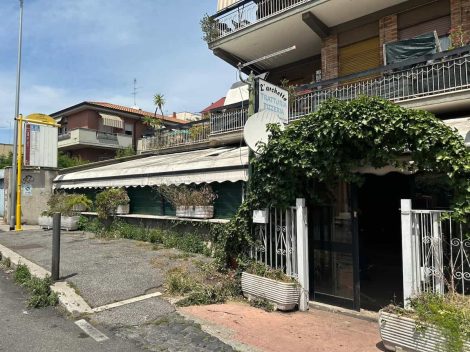
The concept is that of lively family venues, a cheerful place where you can feel at home, chat, eat, spend some time spending just enough. And come back. The goal is to become the neighborhood trattoria, positioning itself as a reference point for those who live in this area of the city, filling a gap without using special effects. "We don't want to astonish anyone," confirms Puleio, "we do what we like: a place where people feel good, are happy." You can choose between regular tables, high stools, a communal table reclaimed from a carpenter, to give everyone the choice of how to eat. As for the menu, although it's still early to give precise indications, there's a clear idea: "There will be typical dishes of Roman tradition not overhauled but well made: tripe alla romana, coratella, carbonara, cacio e pepe, gricia, braised veal breast, but also lamb, rabbit, shank or cheek, and occasionally we'll play with something unusual, like roast pigeon or guinea fowl." A concise menu, four options for each course, some dishes to share, many Roman classics (which will probably be given a menu entry of their own), plenty of vegetables also thanks to the collaboration with Erba Regina from Frascati for aromatic and wild herbs, wild chicory, shoots: "a lot of research into raw materials, with local producers both in the cellar and in the kitchen, and a material and pure approach to cooking, as pure as grandmother's love."
And then the egg in tomato sauce: "the one my grandmother made, cooking it in a good pizza-like sauce, with sautéed garlic, an anchovy, oregano. I imagine it prepared in the oven in a cocotte covered with salted pastry, a bit like Robuchon's soup." In the kitchen, there will be a young chef, raised by Puleio, who here swaps the white jacket for the entrepreneur's one.

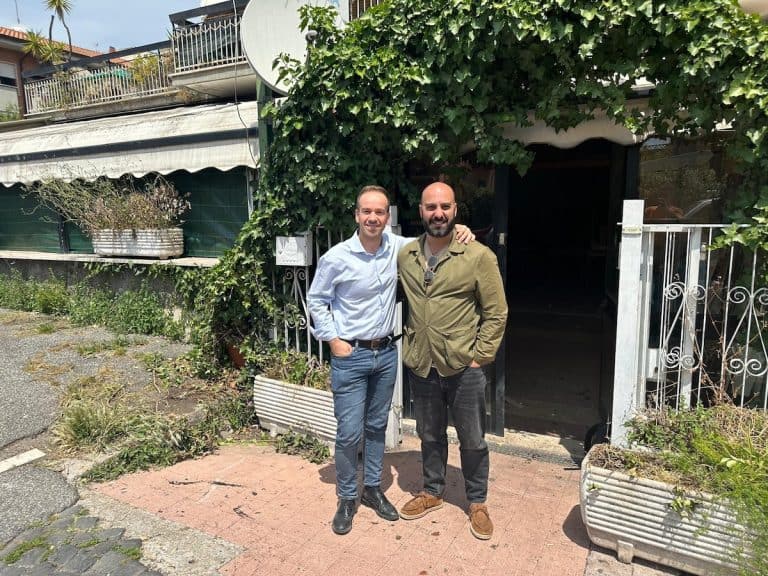
 Wine was a drink of the people as early as the Early Bronze Age. A study disproves the ancient elitism of Bacchus’ nectar
Wine was a drink of the people as early as the Early Bronze Age. A study disproves the ancient elitism of Bacchus’ nectar "From 2nd April, US tariffs between 10% and 25% on wine as well." The announcement from the Wine Trade Alliance
"From 2nd April, US tariffs between 10% and 25% on wine as well." The announcement from the Wine Trade Alliance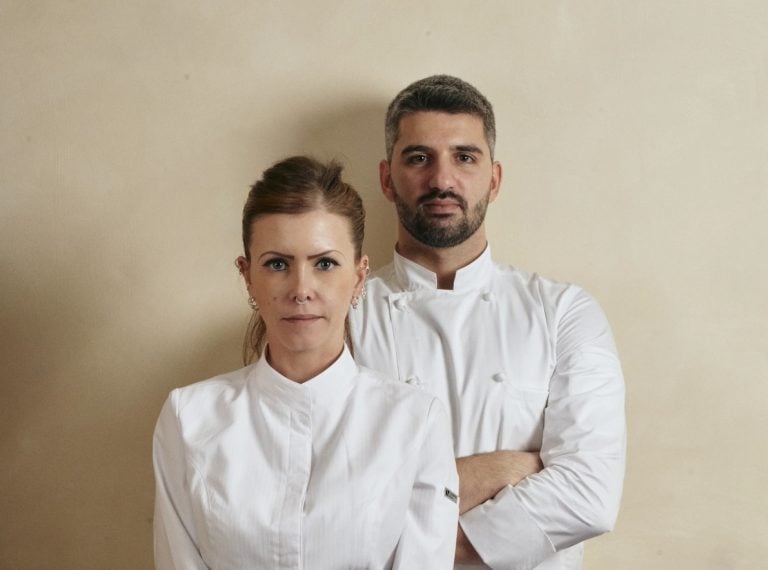 Michelin surprise: in France, the guide rewards Italian chefs
Michelin surprise: in France, the guide rewards Italian chefs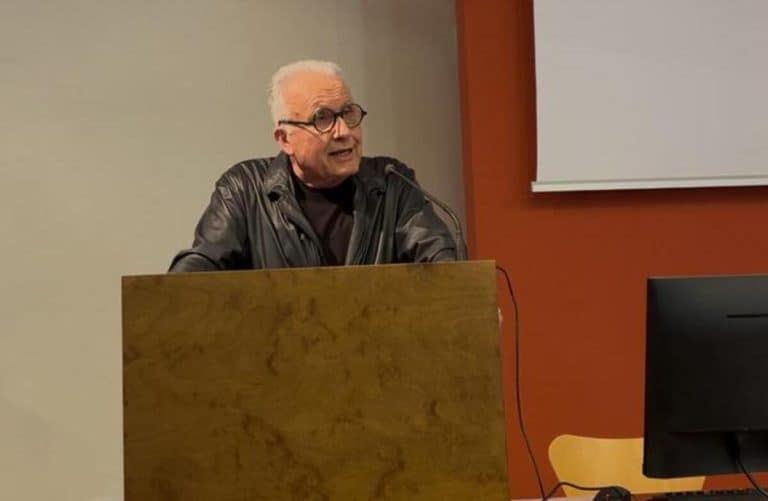 Vinitaly 2025: "Piwi should not be included in the DOCs. Dealcoholised wines? I have changed my mind." Angelo Gaja's position
Vinitaly 2025: "Piwi should not be included in the DOCs. Dealcoholised wines? I have changed my mind." Angelo Gaja's position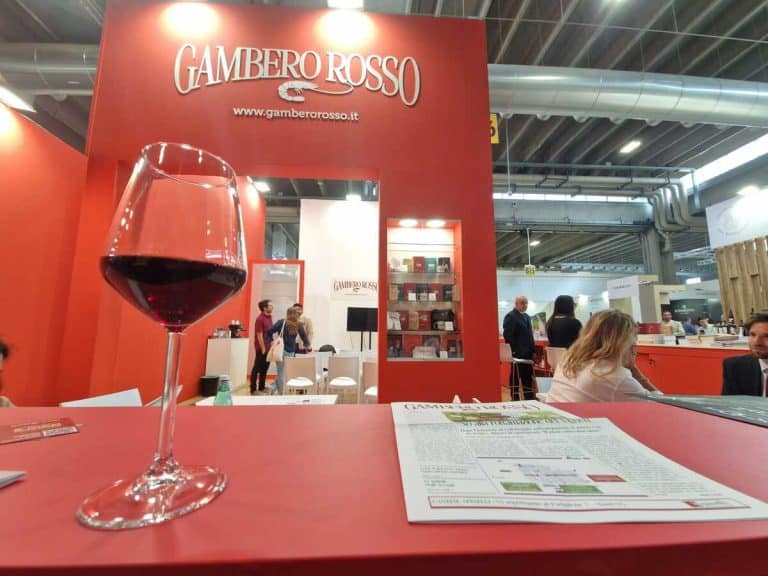 Vinitaly 2025: here are all the events by Gambero Rosso. Tre Bicchieri, debates, TV and much more...
Vinitaly 2025: here are all the events by Gambero Rosso. Tre Bicchieri, debates, TV and much more...


